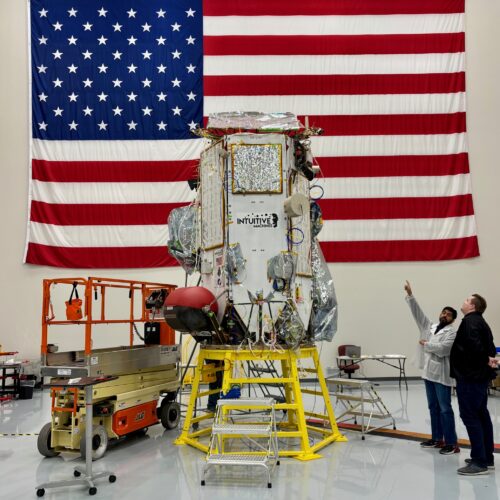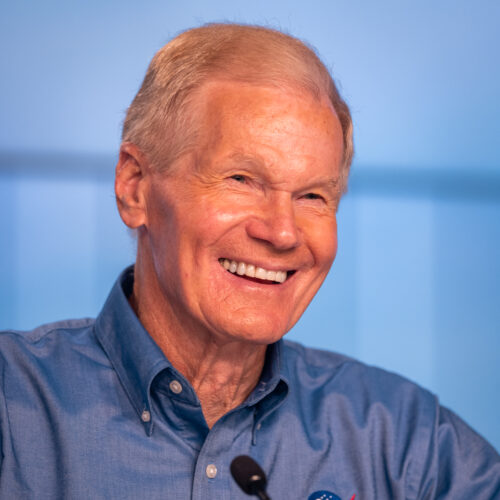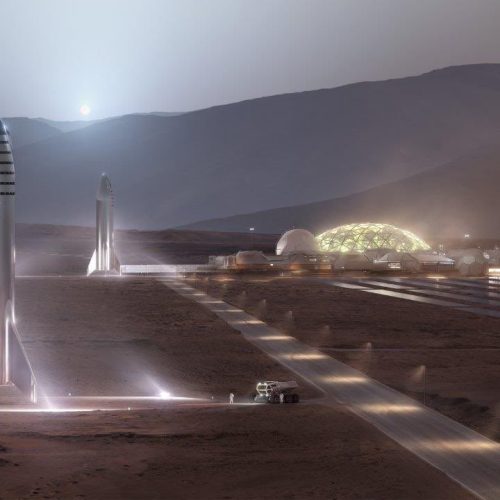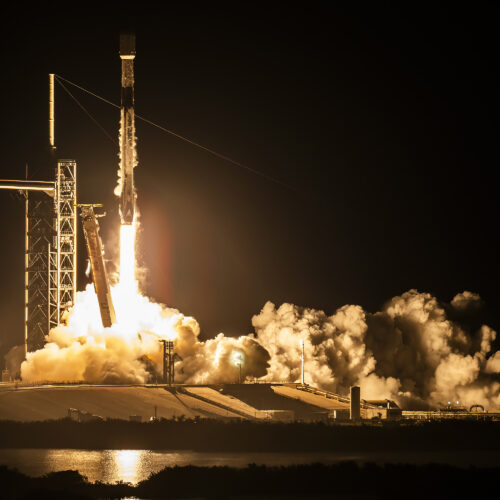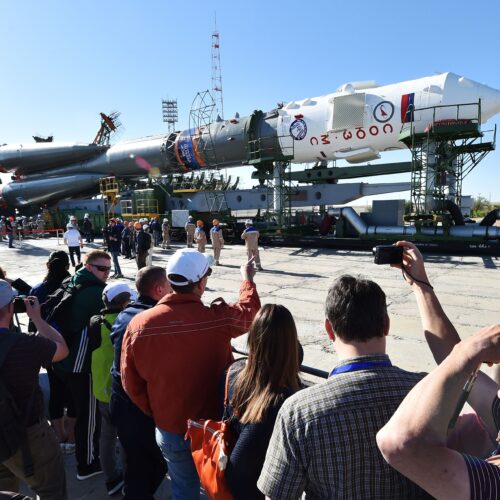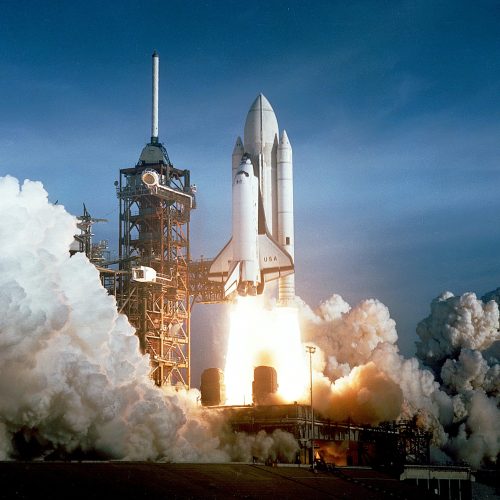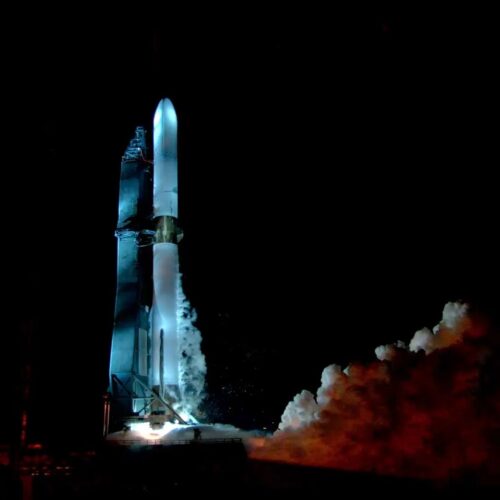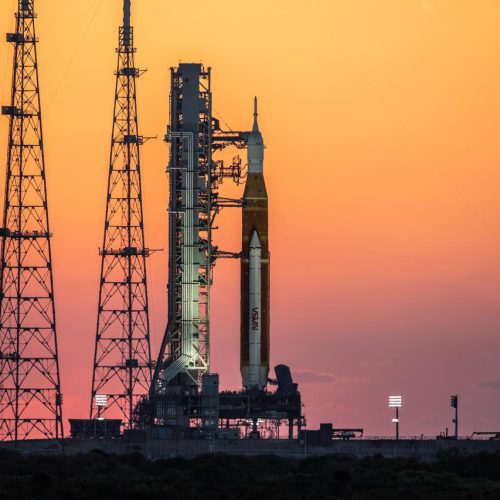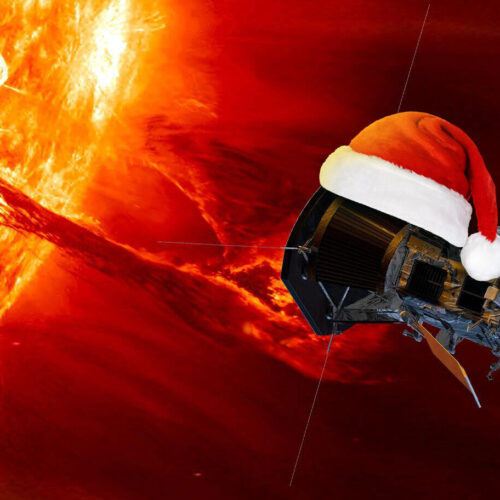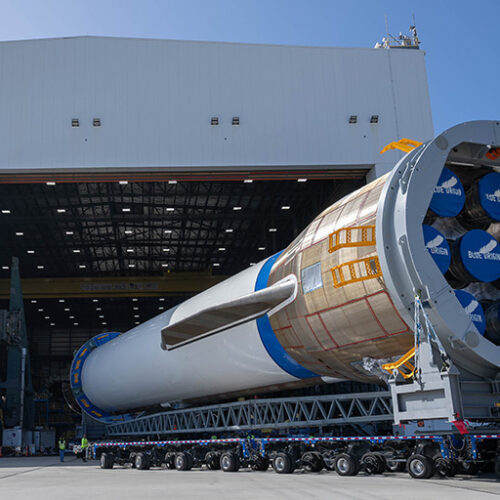Here’s what we know, and what we don’t, about the awful Palisades wildfire
More than 130,000 residents in Southern California face the catastrophic loss of property, and possibly life, as a series of wildfires have brought devastation to the region this week.
The most notable fire developed late Monday or early Tuesday in the Santa Monica Mountains, to the north of Los Angeles, and quickly spread to threaten the Pacific Palisades neighborhood. This fire has already become the most destructive fire in the history of the Los Angeles region, and by some estimates, it may become the costliest wildfire of all time, anywhere in the world.
Several additional wildfires have broken out in the vicinity of Los Angeles, and firefighters there have struggled to contain the multiple outbreaks, including the ongoing Palisades fire. To date, more than 2,000 structures have been burned and that total will assuredly increase. Ongoing, on-the-ground coverage is available from the Los Angeles Times, which has removed its paywall around fire-related news for now.


© Planet

